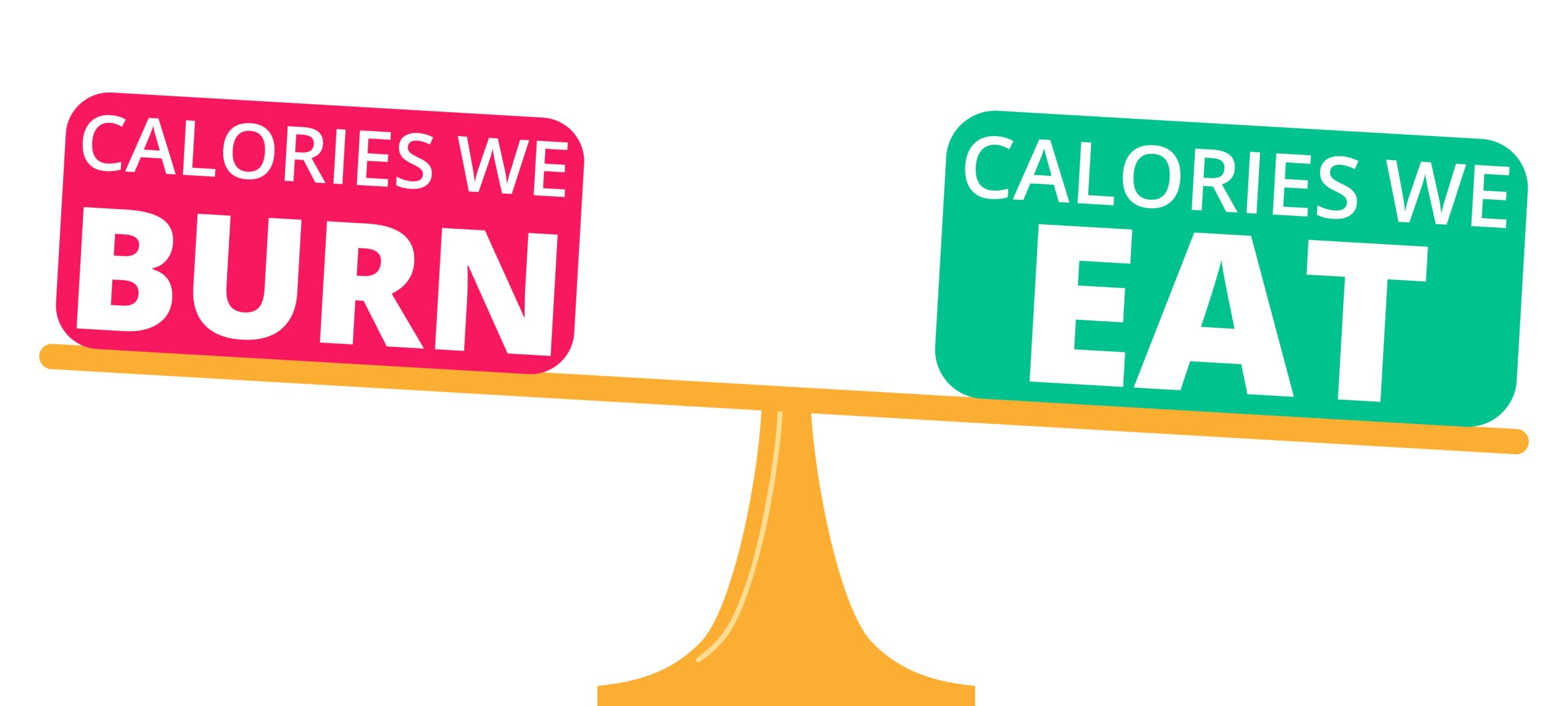How energy balance is oversimplified and what to consider instead.
The ‘calories in, calories out’ model suggests that the number of calories consumed must equal the calories expended to maintain a stable weight and have good health. You have likely heard this before, and perhaps it even unknowingly has made you feel guilty for consuming a large meal or not feeling up for a workout.
However, there are many points we want to highlight that make this statement grossly inaccurate and oversimplified. This infamous statement is so popularised by the pesky perils of diet culture, making it easy to forget all of the other factors that play a role in our health and wellbeing.
You may have read our previous blogs on why calorie counting doesn’t serve you and how to stop calorie counting. Here are three reasons why there is MUCH more to the ‘calories in, calories out’ equation, and what you can think about instead:
Nutrients, not numbers
Food is much more nuanced than we think. First, it’s important to remember that all food has some nutrition, and no food has zero nutritional value. So yes, a cookie may not seem like the ‘healthiest’ option out there – but it probably is packed full of satisfying carbohydrates, energy-boosting sugars, iron and B vitamins in the flour.
When we break it down, a calorie is a universal unit of energy across all food and drink.
However, this doesn’t mean that calories from one food will give us the same amount of nutrition as it may from another – it’s important to consider the nutritional profile of the food too.
To offer an example, glucose and fructose are both sugars with similar calorific quantities but are metabolised and work in very different ways. They may have quite distinct effects on our blood sugar levels, insulin resistance, and cholesterol levels. (1)
Calories of differing sources may also affect our appetite differently. Consuming 200 calories worth of sweets may not fill us up as much as consuming 200 calories of lentils, for example. Simplifying foods to their calorific quantities denies the variation and diversity of foods and the importance of balance in one’s diet. (2)
Food is pleasurable, too
The ‘calories in, calories out’ agenda fails to acknowledge the fact that foods can and should be enjoyed for pleasure. Historically, and still to this day, food holds substantial cultural, social and emotional value. Eating can often be the theme of elaborate celebrations and festivities, and there are many celebrations each year where food is made and consumed in pretty large quantities.
Thankfully (and conveniently,) the ‘calories in, calories out’ approach tends to be forgotten in these cases – and diet culture messages may take a break, kicking in in the media following a season change or New Year period.
But perhaps taking this approach to everyday life may hold more value – why should we wait until a particular day of the year to eat freely and enjoy food? Food can be a crutch to people in a challenging time or life event. A specific flavour or dish may bring back memories of childhood, a vacation or a particular experience. And all of this deserves to be recognised and accepted!
Individual differences
Another major point to remember is that as individuals, food and movement affects us all in different ways. According to the set point hypothesis, we all have an individual weight range and body type. With hunger and fullness hormones, ghrelin and leptin, working to maintain this, comparing ourselves to others may not be helpful. (3)
Energy balance is an equation that considers basic metabolism, digestion, thermogenesis and physical activity, however it fails to consider genetics, environmental factors among others. There are so many other fundamental components of this equation that we shouldn’t ignore.
Additionally, the potentially disempowering use of fitness tracking apps and devices such as a Fitbit or using MyFitnessPal to log our food intake also isn’t entirely accurate.
Fitness trackers often work with general averages and ask for little details about your health upon sign-up. Even food intakes measured by diet professionals themselves have been shown to be significantly inaccurate. (4)
Calorific differences can present according to variations in where food is grown, how it is processed, and the ways in which it is prepared and eaten – so again, they are averages. They don’t include every dish or ingredient on the planet, which can lead to a lot of guesswork and uncertainty.
So the next time diet culture tells you to ‘balance’ your calorie intake, remind yourself of all the reasons why this statement is too general and potentially damaging.
You’re doing an amazing job wherever you are on your journey, so please take this as a reminder to keep choosing recovery and shower yourself with some self-care and compassion today and every day!
Priya Chotai, BSc ANutr
EHL Team x
References:
- Lustig RH. Fructose: metabolic, hedonic, and societal parallels with ethanol. J Am Diet Assoc. 2010 Sep;110(9):1307-21. doi: 10.1016/j.jada.2010.06.008. PMID: 20800122.
- Stanhope KL, Schwarz JM, Keim NL, et al. Consuming fructose-sweetened, not glucose-sweetened, beverages increases visceral adiposity and lipids and decreases insulin sensitivity in overweight/obese humans. J Clin Invest. 2009;119(5):1322-1334. doi:10.1172/JCI37385
- Soares M, Cummings N, Ping-Delfos W. Energy metabolism and the metabolic syndrome: Does a lower basal metabolic rate signal recovery following weight loss?. Diabetes & Metabolic Syndrome: Clinical Research & Reviews. 2011;5(2):98-101.
- Champagne CM, Bray GA, Kurtz AA, Monteiro JB, Tucker E, Volaufova J, Delany JP. Energy intake and energy expenditure: a controlled study comparing dietitians and non-dietitians. J Am Diet Assoc. 2002 Oct;102(10):1428-32. doi: 10.1016/s0002-8223(02)90316-0. PMID: 12396160.

